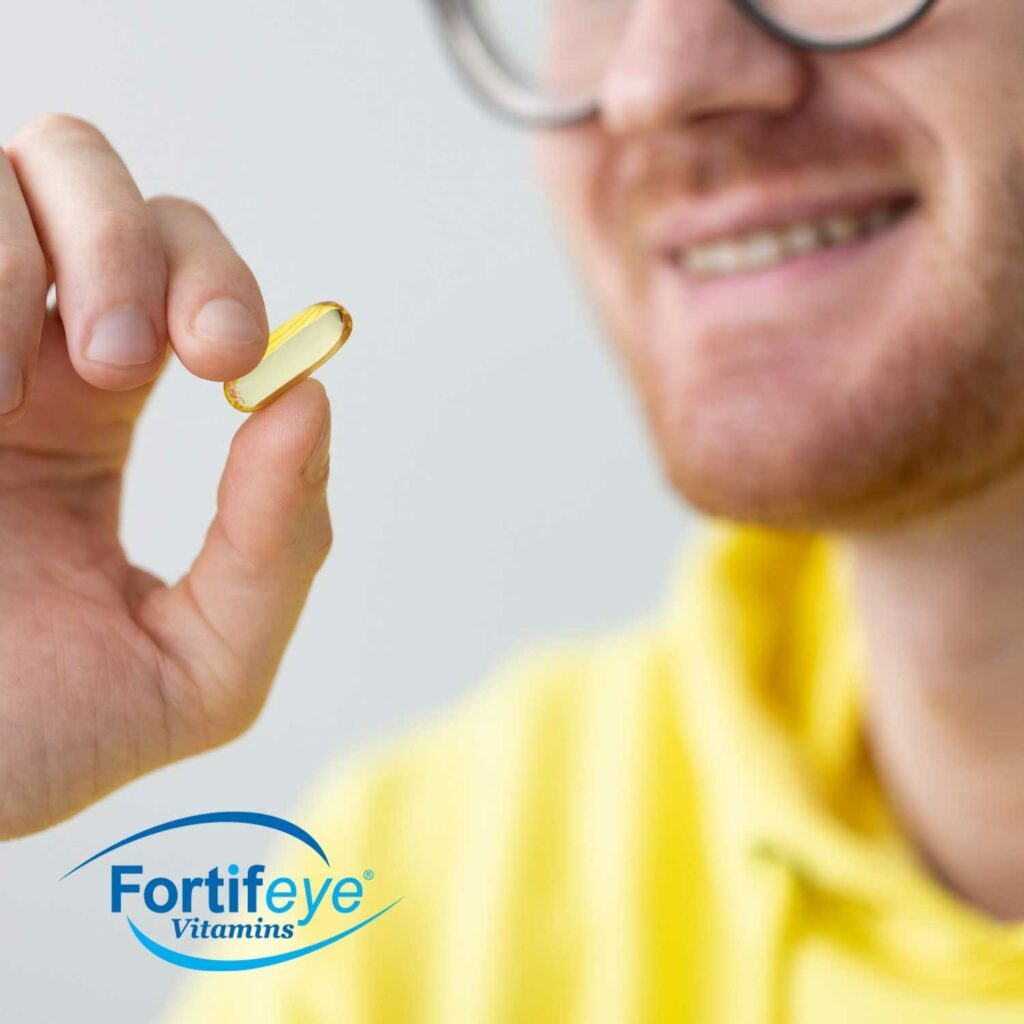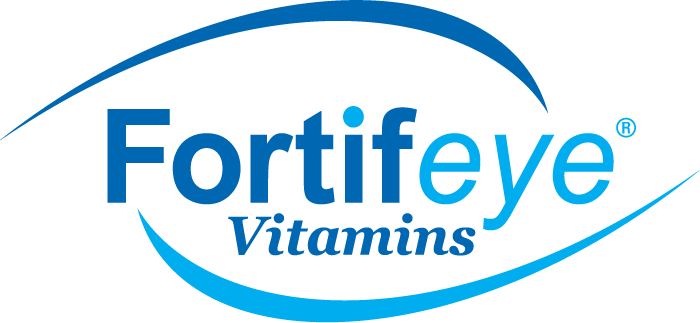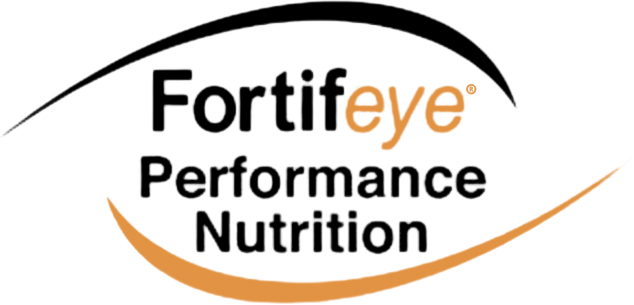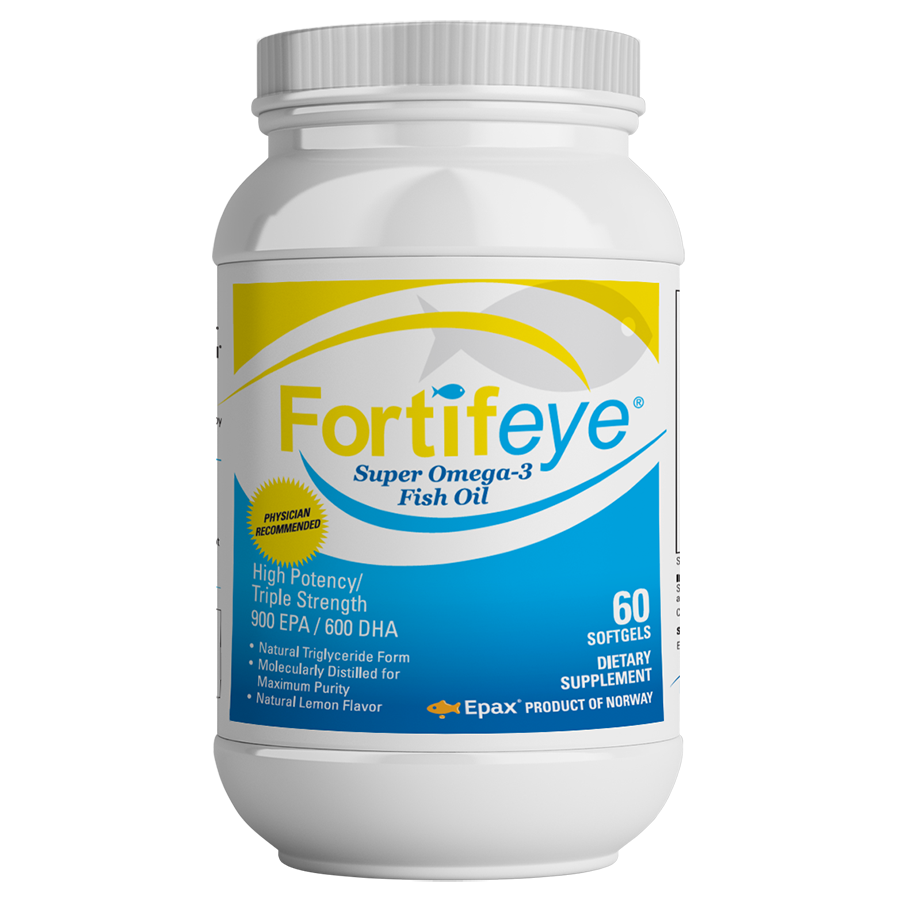

A study showed patients with glaucoma had increased visual fields after three months of omega 3 supplementation https://onlinelibrary.wiley.
The latest research published June 2023 states that higher levels of diglycerides and triglycerides in the blood were associated with an increased risk of glaucoma. The adverse association of these specific elevated lipids and glaucoma is is a crucial piece of the puzzle when planning an integrative treatment protocol for glaucoma patients. One of the best ways to lower these lipids is by using appropriate levels of omega 3 fish oil. Omega 3 fatty acids can significantly lower blood triglycerides. The question that remains to be answered is will lowering these lipids naturally via omega 3 fish oil or medically via a medication decrease the risk of glaucoma?? This seems logical but more studies will need to be done to prove this theory.




